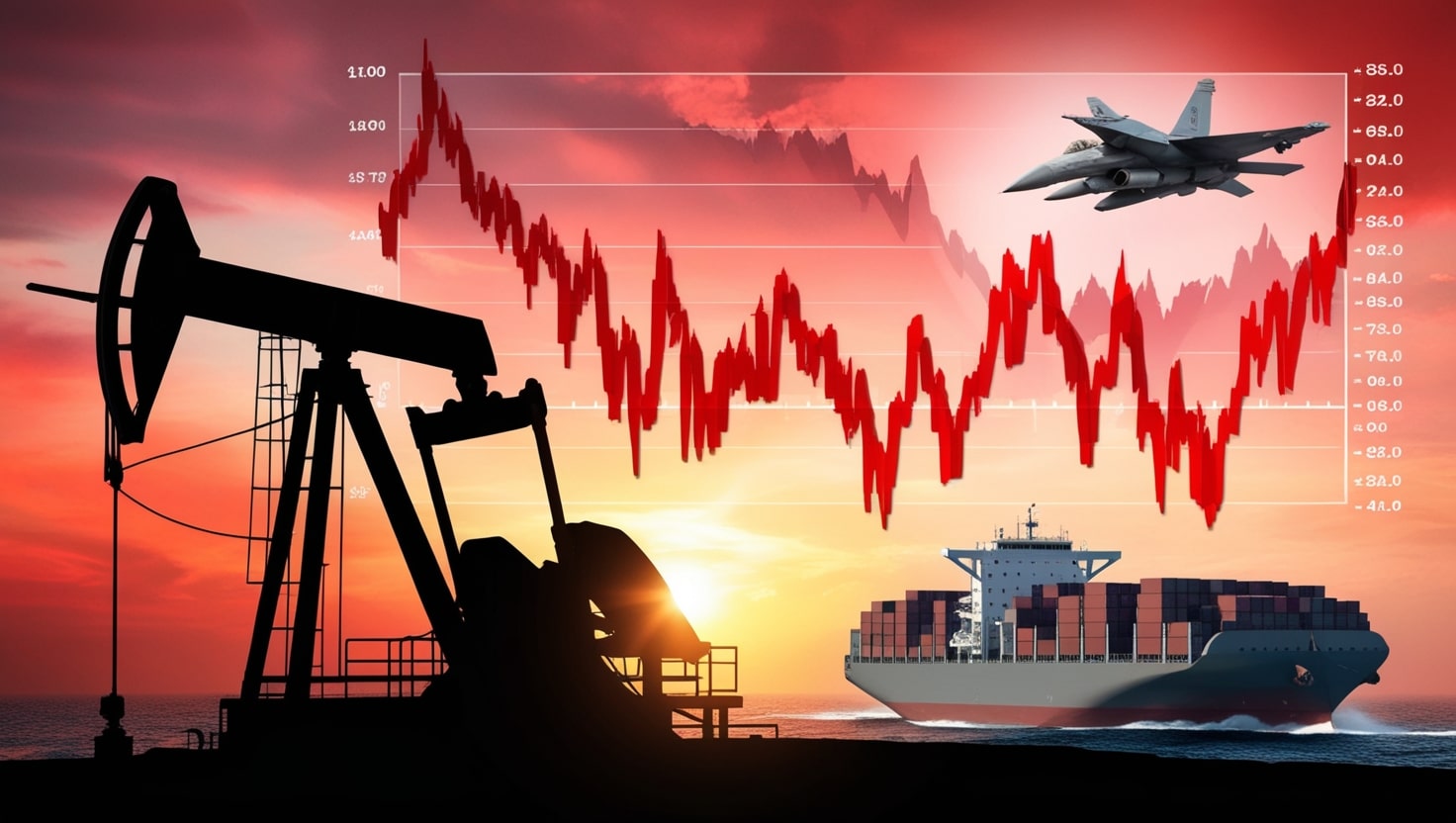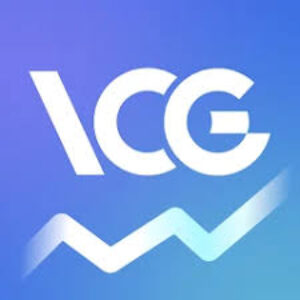
Crude oil kicked off the trading week at notably elevated levels following recent U.S. military operations targeting the Yemeni Houthis. The U.S. Department of Defense suggested these strikes will continue if Houthi attacks on ships in the Red Sea area persist.
At the time of writing, Brent crude is trading at $71.10 per barrel, while West Texas Intermediate (WTI) stands at $67.70 per barrel. Both benchmarks are pushing upward momentum, indicating a potential rally ahead—unless we see diplomatic breakthroughs or easing geopolitical tensions soon.
Impact on Maritime Transport
The recent aggression in sea routes has placed added burdens on maritime transport businesses, forcing many shipping firms to take the long way around Africa. Longer journeys inevitably raise fuel costs and time frames, driving overall costs upward.
IG analyst Tony Sycamore recently told Reuters, “We’ve got a reemergence of those geopolitical tensions. If crude oil gets much above $68.50, it might initiate significant short covering in the market.”
China’s Economic Signals
Shifting briefly to the Chinese economy—crucial due to its role as the world’s largest oil importer—recent data portrays a complicated picture. We’ve witnessed industrial production slow significantly during early 2025, even as retail sales have picked up modestly.
Yet brighter signs come from Chinese refinery runs, which rose 2.1% compared to the same period last year. This improvement appears boosted by increased holiday travel demand and the launch of a significant new refinery facility late last year. That facility now contributes around 200,000 barrels per day, with another 200,000 barrels anticipated soon.
As ING commodity specialists remarked, China’s housing markets are in early stages of stabilizing after a difficult period, which previously pulled the broader economy downward. Stabilizing the housing sector is key to market optimism and crude demand growth.
Stock Market Context
Turning attention to broader financial markets today, investors carefully watch indexes like the S&P 500 and Dow Jones today, tracking closely how geopolitical tension impacts the overall stock market today. Major benchmarks—including the Nasdaq and DJIA today—could fluctuate on these evolving news.
Moreover, traders continue to actively follow significant stocks like Nasdaq TSLA and Nasdaq AAPL, watching their movement on the Nasdaq stock market today for hints about wider market sentiment. Observations of current trends across the Dow Jones stock markets and the Dow today show just how interconnected world events and investor reactions truly are. Analysts also await early indicators from CNBC pre market and futures CNBC for forecasting purposes.
Conclusion
The geopolitical uncertainties from U.S. military actions in Yemen, combined with China’s mixed economic signals, will considerably impact financial markets this week—including stock market analysis. Traders and investors should stay sharply focused on developments unfolding with each news release, ensuring up-to-date strategies aligned with shifting economic sentiments.
A Quick Glimpse into Forex Markets
Speaking of global markets, let’s briefly consider the forex landscape. The forex market processes over $7.5 trillion in daily trading volume, dwarfing the roughly $200 billion of daily activity observed on average in stock markets.
Unlike stock exchanges, forex operates entirely online without a central physical location, allowing liquidity across global time zones 24 hours a day, five days a week. Participants range widely—from major global banks like JPMorgan Chase and Deutsche Bank to hedge funds, corporations, and smaller retail traders who represent less than 10% of forex trades.
You may recognize some of the big currency pairs like EUR/USD, USD/JPY, or GBP/USD. Indeed, around 88% of all forex trades involve the U.S. dollar. Notably, China’s currency—the renminbi—has grown considerably in trade volumes in recent years.
Historically, forex gained spotlight after currencies transitioned to floating exchange rates in the 1970s following the Bretton Woods Agreement. Today, the entire forex market’s notional size sits near a whopping $2.09 quadrillion, vastly exceeding global GDP. Traders often take advantage of significant volatility and leverage opportunities available—sometimes as high as 50-to-1.
Years ago, when I first ventured into financial writing, forex puzzled me. While many investors stick with familiar stocks like Nasdaq AAPL or TSLA, currency trading feels entirely different—fast-paced and sometimes wild. Yet appreciating its massive scale and depth provided clarity into just how interconnected global finance really is. And in times of uncertainty like these, grasping connections across all financial markets becomes critical.

















